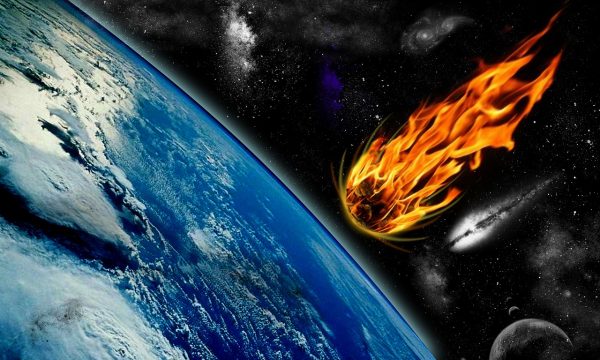Earth Is Moving Toward The Same Meteor Swarm That Scientists Believe Caused The Tunguska Explosion Of 1908

Over the next several weeks, our planet will have a close encounter with the Taurid meteor swarm. It will be the closest that we have been to the center of the meteor swarm since 1975, and we won’t have an encounter this close again until 2032. So for astronomers, this is a really big deal. And hopefully there will be no danger to Earth during this pass, but some scientists are absolutely convinced that the Tunguska explosion of 1908 which flattened 80 million trees in Russia was caused by an object from the Taurid meteor swarm. As you will see below, the last week of June will mark the point when we are the closest to the center of the meteor swarm, and so that will be when the risk is the greatest. According to CBS News, our planet “will approach within 30,000,000 km of the center of the Taurid swarm” by the end of this month…
This summer, Earth will approach within 30,000,000 km of the center of the Taurid swarm, the study says. That would be Earth’s closest encounter with the swarm since 1975 and the best viewing opportunity we’ll have until the early 2030s.
30 million kilometers may sound like a great distance, but in astronomical terms that is not very far at all, and it is important to remember that distance is measured from the exact center of the meteor swarm.
And there are some scientists that are convinced that giant rocks from this meteor swarm have been responsible for multiple “once-per-1,000-years catastrophic events on Earth” in the past. The following comes from Forbes…
The remnants of a comet. As Earth orbits the Sun, its orbital path often goes through dust and debris left by comets, with matter no bigger than a grain of sand busting into Earth’s atmosphere and burning up as “shooting stars”. Mostly, they’re harmless, but the Taurid swam is an exceptionally large cloud of debris, probably from Comet 2P/Encke, that scientists think may be responsible for some once-per-1,000-years catastrophic events on Earth. The Taurid complex-giant comet hypothesis proposes that a giant comet fragmented in the inner solar system, producing dust and small Near-Earth Objects (NEOs), including 2P/Encke and other asteroids, still present today. Among the observational evidence is increased “fireball” shooting star activity when Earth gets close to the “Taurid Swarm”, and increased impacts on the Moon.
No comments:
Post a Comment